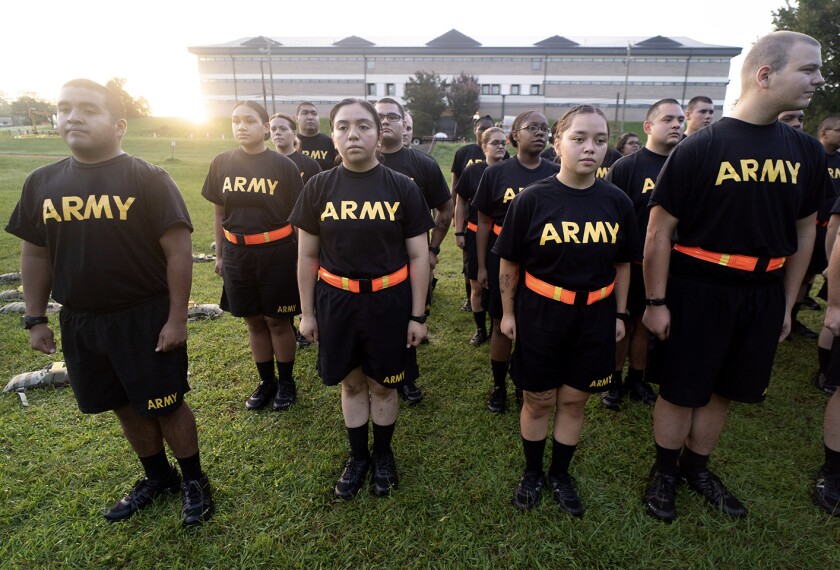Deisi Cruz was the hardest working kid I’d ever met. Shy and stoic, when she wasn’t studying, she was working at a restaurant to save up money for college. After graduating as the valedictorian from the South Los Angeles high school that I founded, she enrolled at the University of California, Berkeley, where she planned to major in business and economics. A few months later, she told me she was considering changing majors.
“Why?” I asked.
“Econ. is too hard,” she explained, adding that her college guidance counselor had advised her to switch to a less demanding major. He suggested Chicano studies. When I asked Deisi why she was struggling, she confessed that she was uncomfortable being one of the very few Latinas in her major, compounding the stresses of an already challenging course load.
It was a pivotal moment for both of us. Deisi was discovering the discomfort of racial and cultural isolation in an academic field dominated by white men. I was discovering the ways in which I’d underestimated my responsibility as an educator.
When I founded STEM Prep Schools, a K-12 network with a science, technology, engineering, and math focus, I was determined to create professional possibilities for kids like Deisi. Between May 2009 and May 2015, STEM occupations in the United States grew by 10.5 percent compared with 5.2 percent growth in non-STEM occupations, and at more than double the rate of non-STEM jobs, according to a 2017 report from the U.S. Bureau of Labor Statistics. The report also found that the national average wage for STEM occupations was nearly double the national average wage for non-STEM occupations. But it is not an inclusive industry. Just four percent of STEM professionals are Latino men and three percent are African-American men. Women of color make up only 12 percent of STEM professionals.
Deisi was discovering the discomfort of racial and cultural isolation in an academic field dominated by white men. I was discovering the ways in which I’d underestimated my responsibility as an educator.
By providing kids of color in one of Los Angeles’ most neglected communities with a rigorous STEM education, I believed I was setting them up for success in a fast-growing, high-paying field.
But even as we celebrated graduating nearly 100 percent of our first two senior classes—most of whom have gone on to pre-declare STEM majors in college—Deisi’s experience showed me that we weren’t doing enough. Our kids might arrive at college planning to become engineers or economists, but after wrestling with particularly difficult coursework, surrounded by people who look nothing like them, they might choose a less challenging path. The problem with that path is that it’s a lot less likely to lead to prosperity.
The reality is that not every diploma offers the same opportunities. Some diplomas might get you a walk across the stage and a handshake from your dean, but they won’t get you a job.
I didn’t want Deisi to choose a fallback degree, enter the job market, and then experience a rude awakening. She’d worked too hard, and she was too passionate about building a career in business and economics, to quit when the going got tough. It took a few phone calls and even a few visits from me and some of our school’s assistant principals and counselors, but we persuaded her to stick with her major. We helped her make better use of her professors’ office hours. Perhaps most importantly, we reminded her that she belongs wherever she truly wants to be.
That kind of intervention is not a scalable or sustainable solution for the millions of kids of color who reach college and then grapple with alienation and insecurity. Our country’s K-12 system needs to confront this challenge head-on. We need to make sure all of our students internalize the conviction that they deserve to pursue competitive careers.
How? We have to help students from low-income families make informed decisions about their financial futures. Students who know that 93 percent of STEM jobs guarantee above-average income, according to the U.S. Bureau of Labor Statistics, might be more resolute about succeeding in those fields.
But most importantly, we have to introduce young students, especially those who live on the margins, to the professional world. Internships are a luxury that most students can’t afford or can’t access. Even those who can usually don’t begin them until college. But students from disadvantaged communities are the ones who most need firsthand exposure to the daily work of scientists, engineers, and doctors—and they need it before they reach college so they aren’t thrown off course when they hit bumps in the road.
In the years since Deisi was a student, STEM Prep has begun to partner with companies like Boeing and Kaiser Permanente, which offer internships for some of our students. But given today’s highly competitive global economy, programs like this should be the rule, not the exception. If our nation’s public schools embrace this idea, next time a guidance counselor tells a young woman with dreams of becoming a physicist or an astronaut that she might have an easier time majoring in English or sociology, she’ll tell him where she really belongs.





